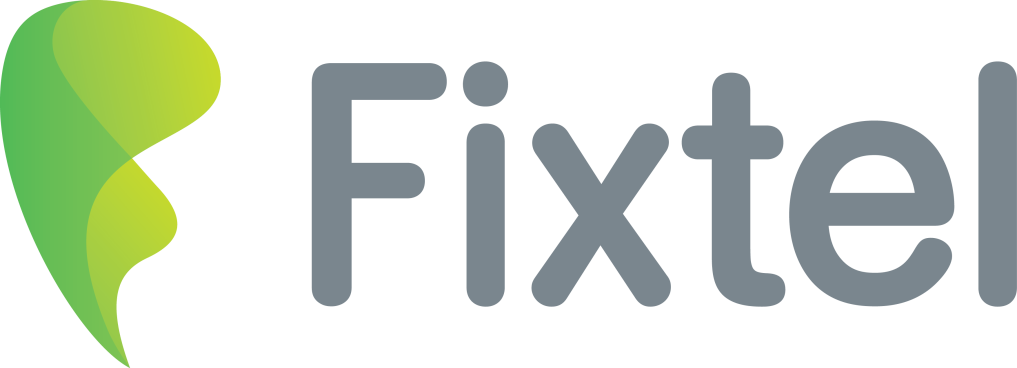Fixtel have been business telecommunication experts since 1986. We have offices Australia wide – Melbourne, Sydney, Brisbane, Canberra, Adelaide, Perth, Darwin and Hobart.
Fixtel have been business telecommunication experts since 1986. We have offices Australia wide – Melbourne, Sydney, Brisbane, Canberra, Adelaide, Perth, Darwin and Hobart.
Our company is Australia owned and formed by industry leading experts in telecommunication services and solutions. The telecommunications industry has seen enormous leaps of technology since 1986, we lead the way in researching and finding the next technology advancements to provide businesses with the edge.

5G DAS
5G in-building coverage is distributed by DAS antennas, cell towers distribute the signals outdoors but penetrating indoors is the issue. It’s an issue for buildings with materials like concrete, metal and thick glass. Add in high rise buildings with concrete levels also and the 5G towers cannot provide indoor cellular signals. That is why in-building coverage technology is used. And with 5G using attenuated frequencies it makes the problem of penetrating buildings even more so.
If you have ever received a call on the 25th floor of a commercial or residential building then most likely that building is using a DAS network.
Mid Band 5G IBC
Mid-band 5G spans 1 GHz to 6 GHz, mid-band 5G is used to provide both coverage and capacity in urban and suburban areas. The main telco networks use midband 5G on their networks. Mid bang 5G is what is primarily used for in-building coverage because these sub-6 GHz frequencies have plenty of capacity and good penetration through building materials
Fixtel experts recommend mid-band 5G frequencies for in-building DAS deployments for the best combination of cost, coverage and performance.
What is Off-Air 5G Signal Source vs Small Cell 5G Signal Source
5G DAS uses two primary signal sources – off-air and small cell. 5G small cells can be referred to as gNodeBs and what is used most commonly for 5G DAS networks. This is basically a cell tower in a box so to speak. An internet connection or dedicated fibre to the node is used to connect back to the core network.
An off-air signal uses a donor antenna on the roof of the building which receives a signal from the nearest cell tower. Why this is not the best solution for in-building coverage is because the signal distributed inside the building is dependent on the availability and quality of the outdoor 5G cell signal.
Future Proofing In-Building Coverage
Is 6G coming soon? When will 4G be obsolete? Future proofing in-building coverage networks is vital. Think of 5G like a movie with sequels, it is unlikely it is going to jump straight to 5G. It will in fact evolve with updates or releases over the course of the decade. New spectrums which add capacity ang make 5G faster are the sequels on the way.
Fixtel is always on top of the latest telecommunication developments and we can install a 5G mid-band supported DAS network.

